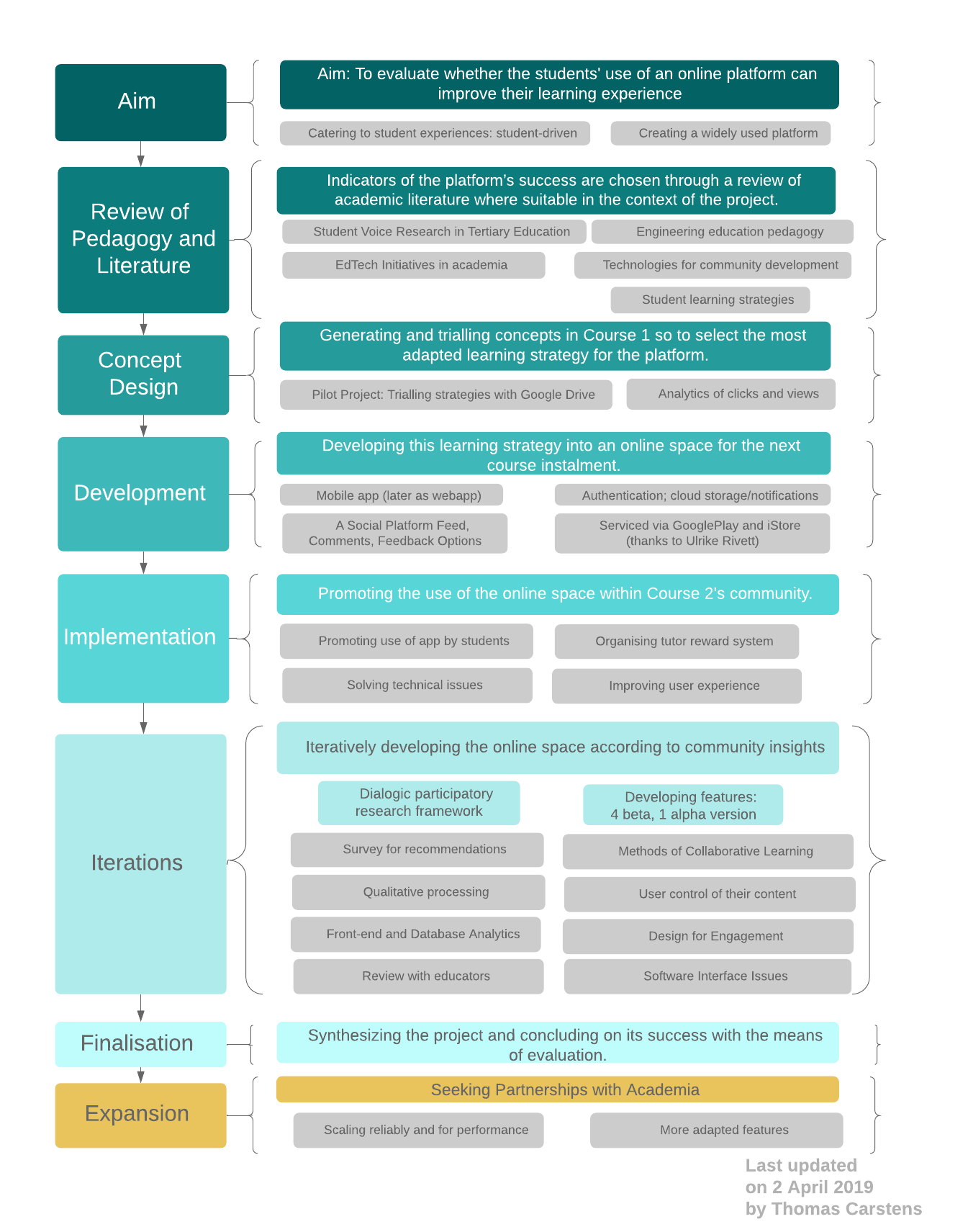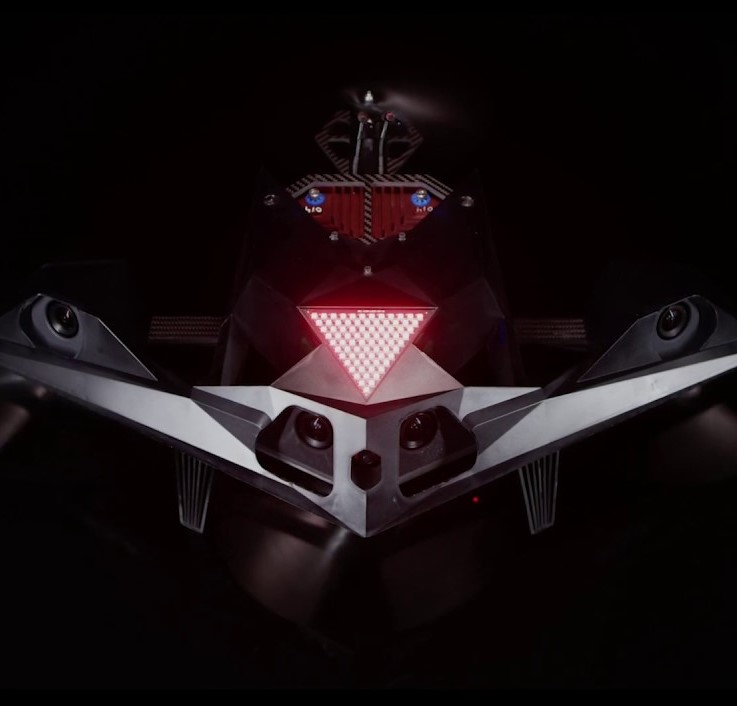 App for an Engineering Undergraduate Course
App for an Engineering Undergraduate Course
Supervised by Bruce Kloot of Mechanical Engineering UCT, I designed and developed a mobile application for enhanced interaction between students and tutors in engineering learning. This is a proof of concept from design to implementation within two undergraduate courses, and I hope to replicate the entire process for other applications in higher education. Contact me if interested. The code for the app can all be found here.
Time-bound:
4 months development.
Limitations
There was no guarantee that students would even use the app.
Aim
The goal of this project was to design an online learning space as an effective means for students to interact with tutors in the Dynamics 1 course. In this course, students are required to apply the mechanics concepts in weekly exercises. Students studying at odd hours do not necessarily have access to the right resources if they need help. This application offers a way of remotely contacting the tutors. Using the app, students can now post a question in a feed for tutors to be notified immediately. The app was serviced on the Google Playstore, and on Testflight on the iStore (via invite link). Such a tool was novel in the UCT Mechanical Engineering Department.
Project Presentation
I presented the project at UCT’s Teaching and Learning Conference (July 2019). I added timestamps for specific sections, and they are clickable on Youtube:
| Outline | 1:00 |
| Content | 1:58 |
| 1. An integration into MEC2023F/S | 2:33 |
| 2. Participation Statistics | 3:48 |
| 3. Proposed Features | 5:10 |
| 4. Technical Requirements | 15:30 |
| 5. Suggested Development Timeline | 19:05 |
| 6. Community Centred Measures | 19:45 |
| 7. Generating and trialling platform concepts that are adapted to the learning strategy | 21:00 |
| 8. Measures for Implementation | 25:11 |
| 10. Versioning the app | 29:44 |
| 11. Seeking feedback from the students | 30:23 |
Project Plan
The success of the project required that an online space be developed and implemented. Additionally, it required a means to measure whether the online space has enhanced the students’ experience of the course. For the first part, the online space must be conceived, developed and implemented within the course; for the second part, an indicator is chosen to measure the success of this space. This project was planned in a sequence of phases:

Poster: project summary


